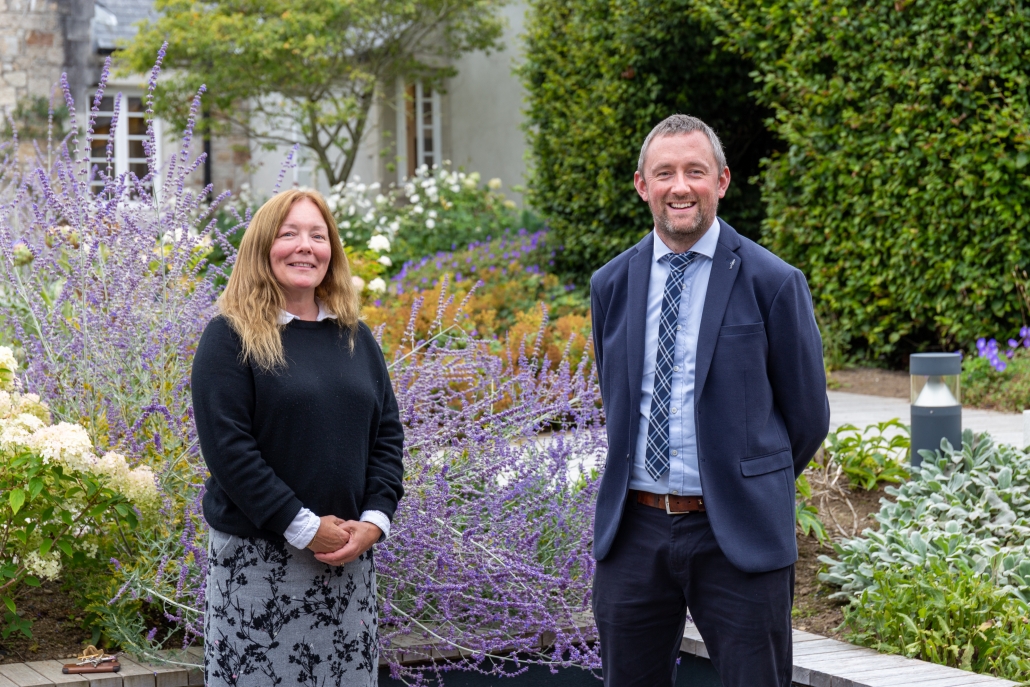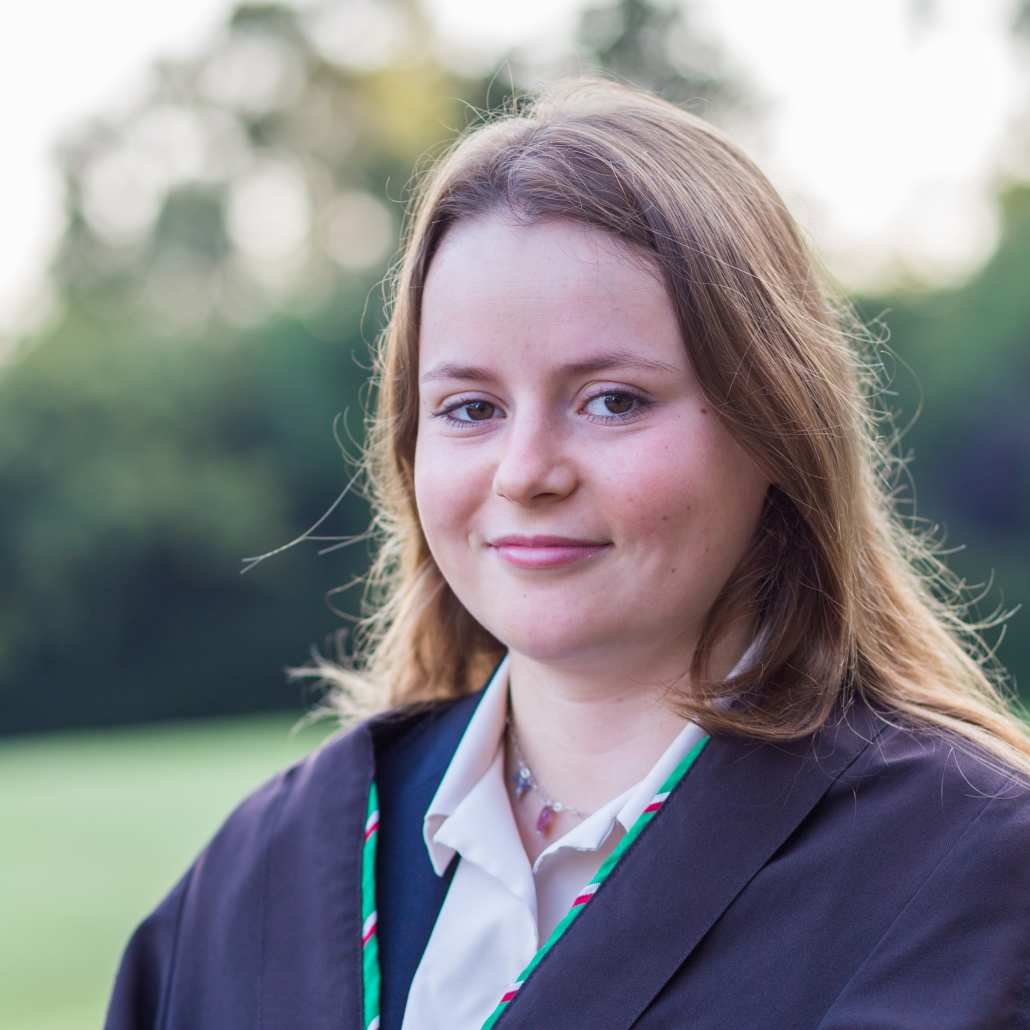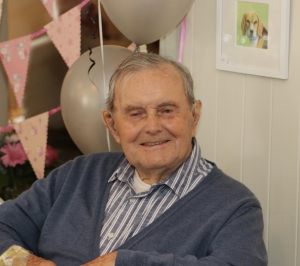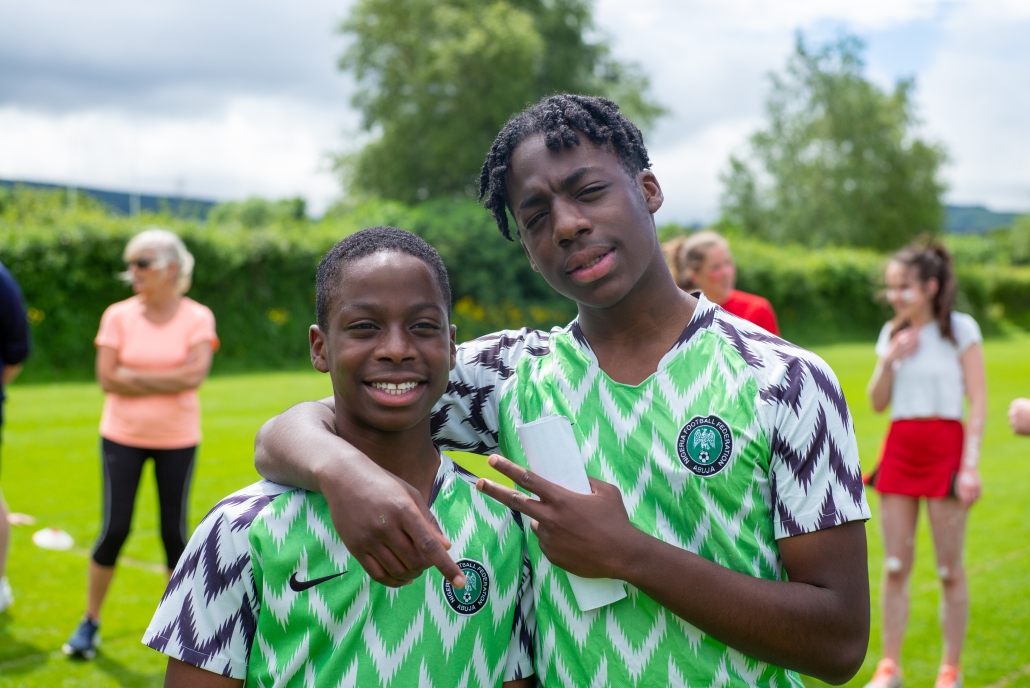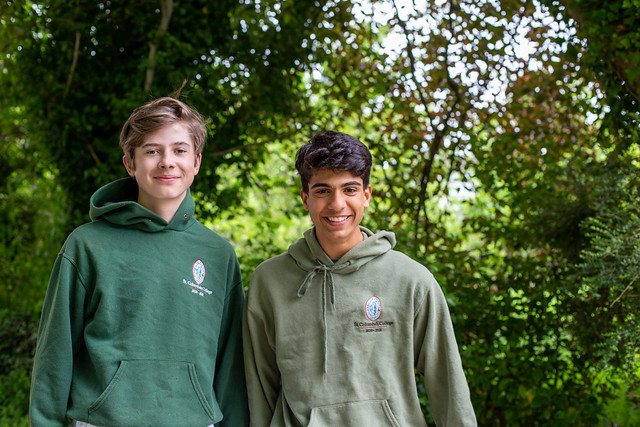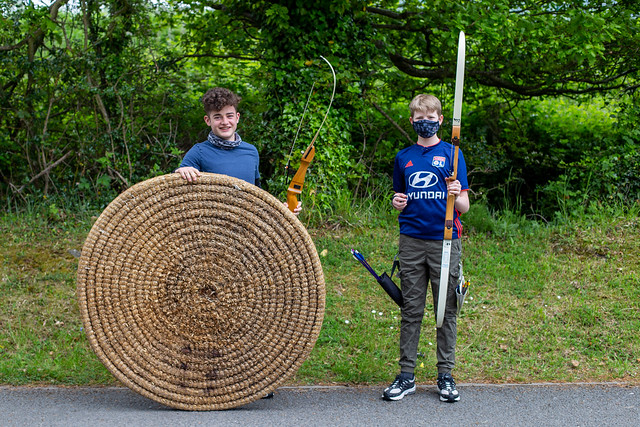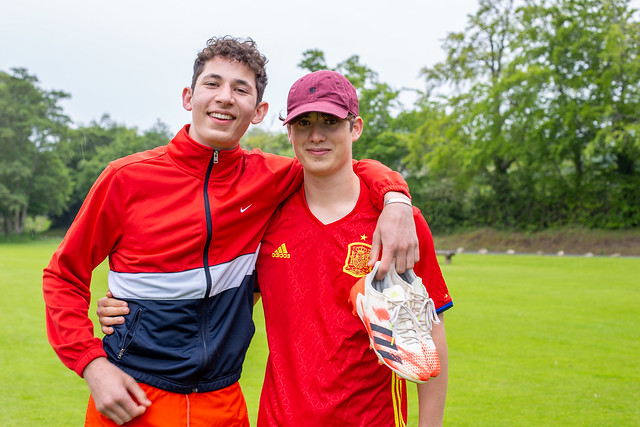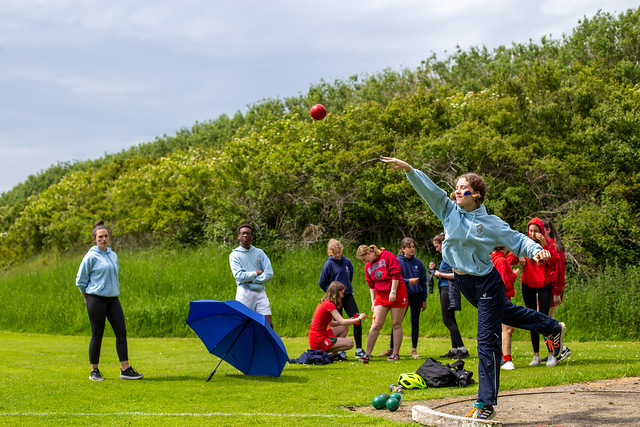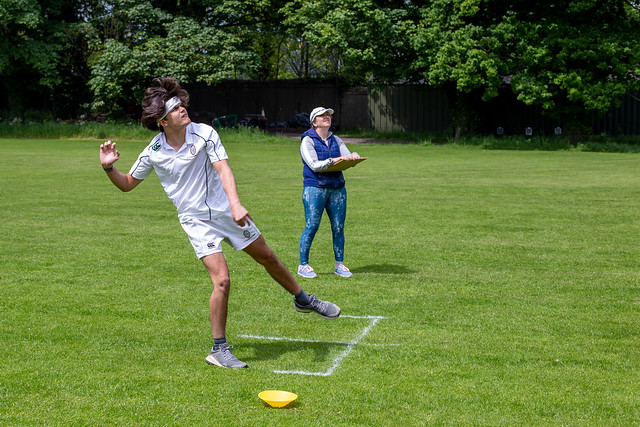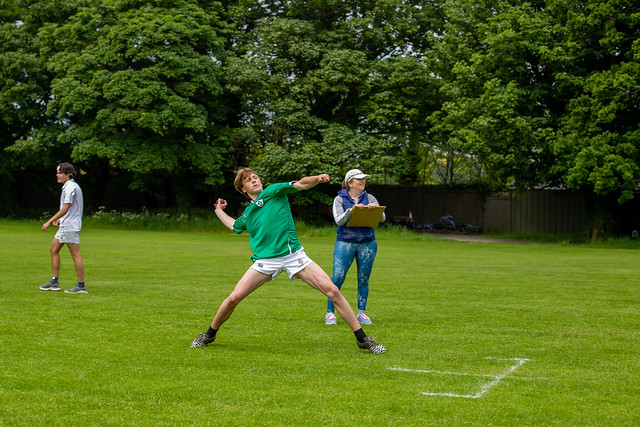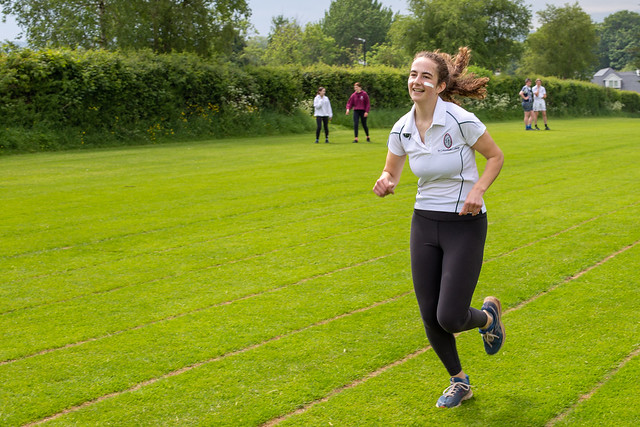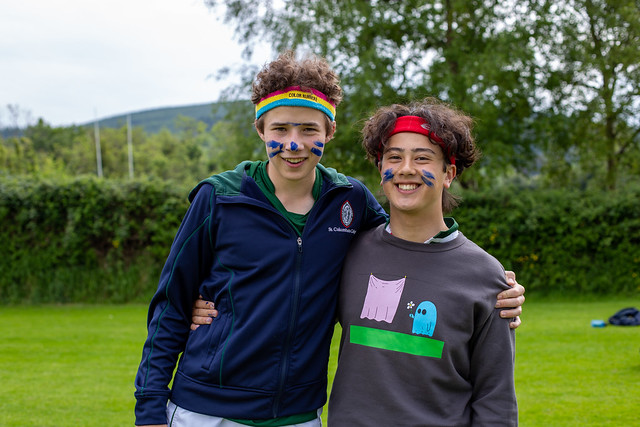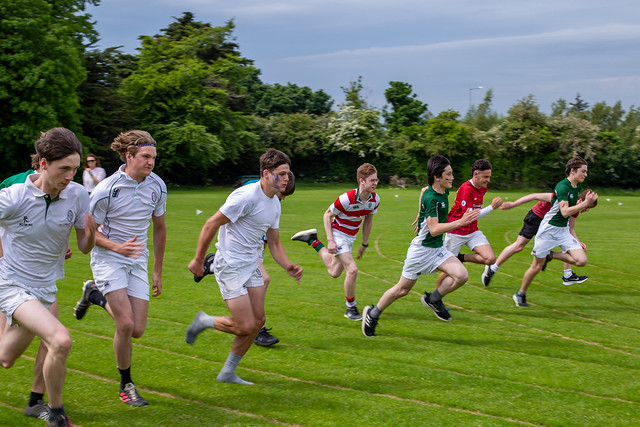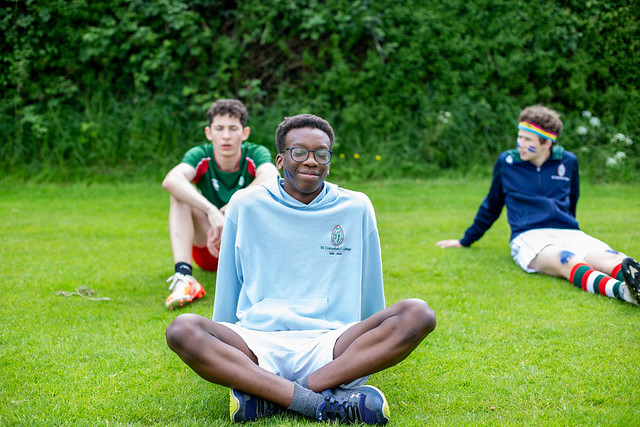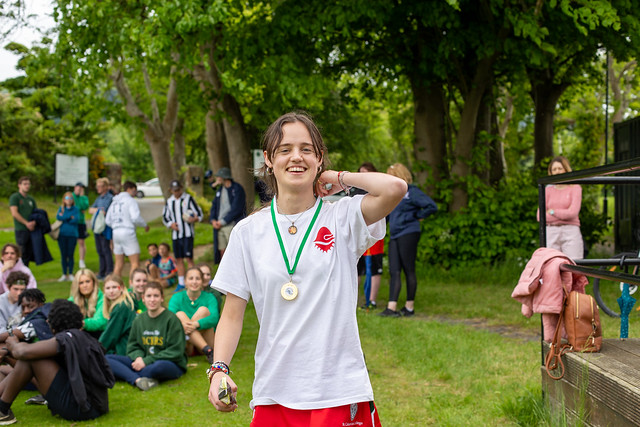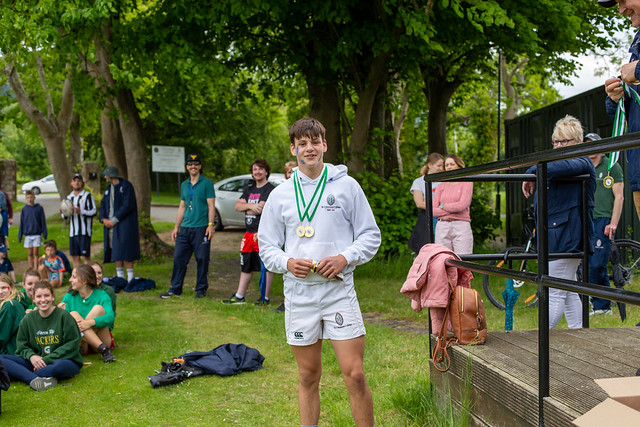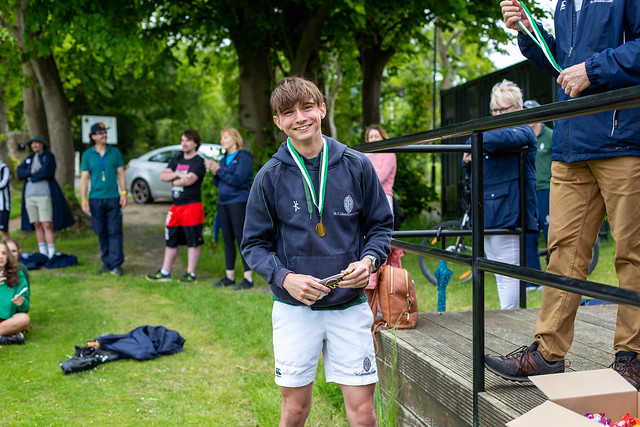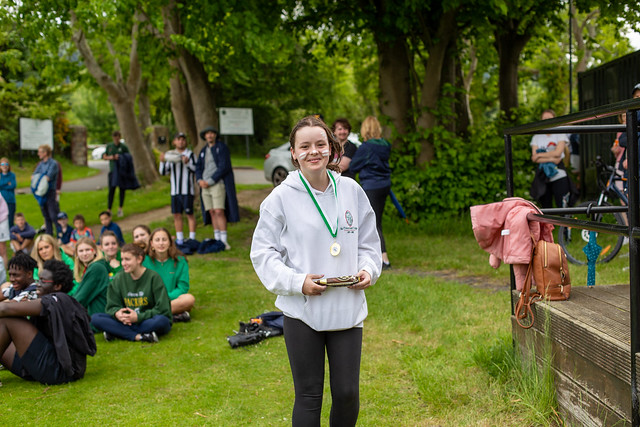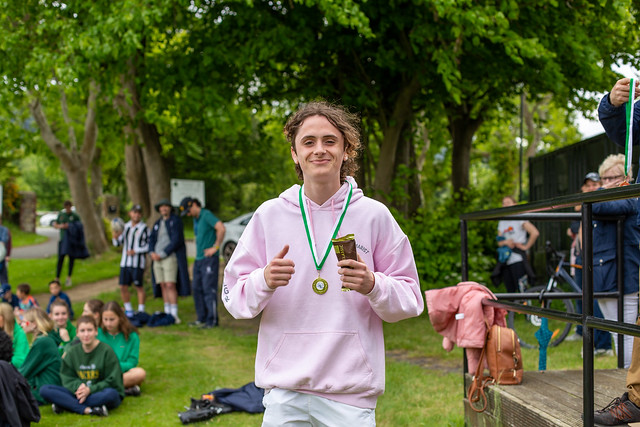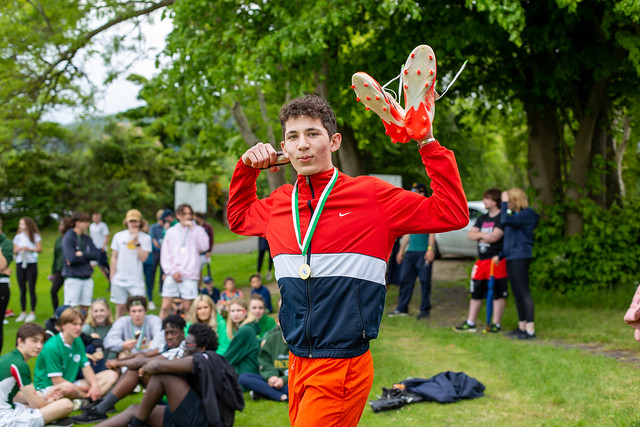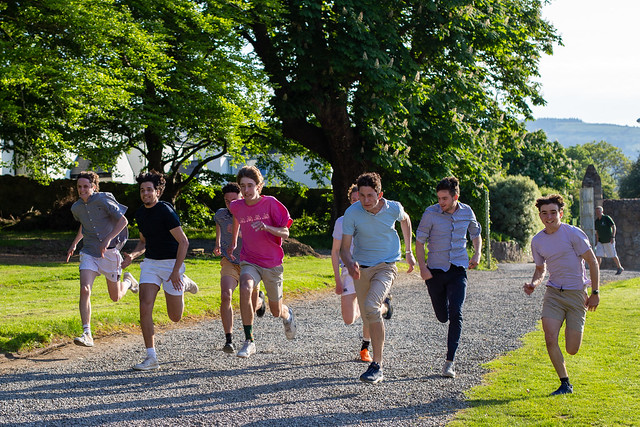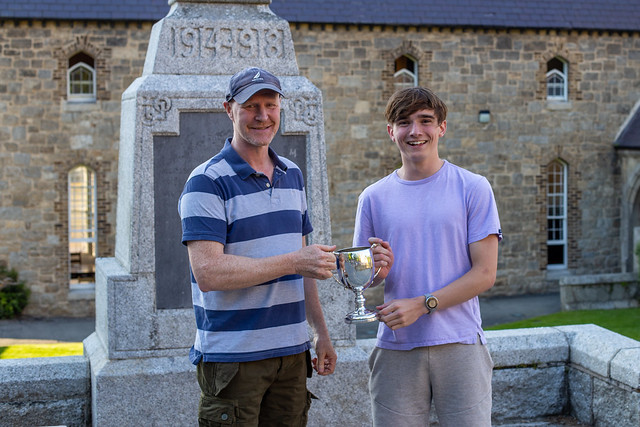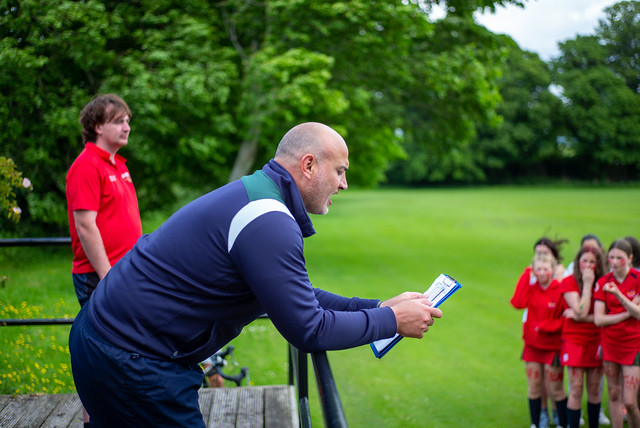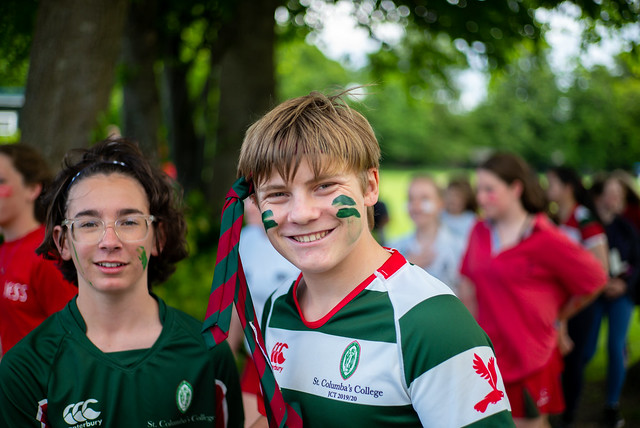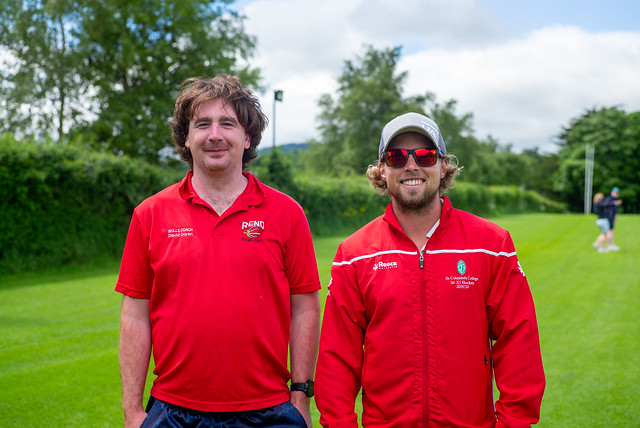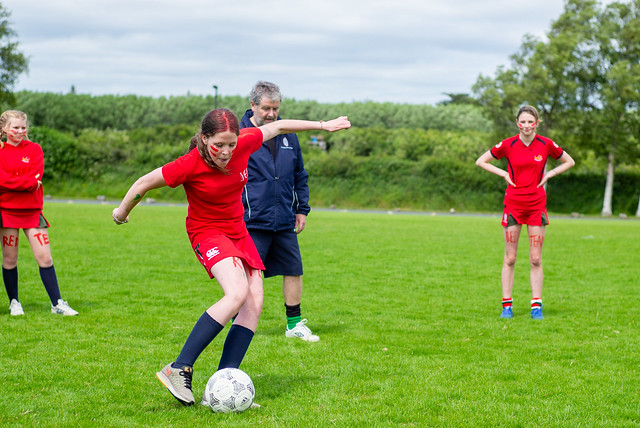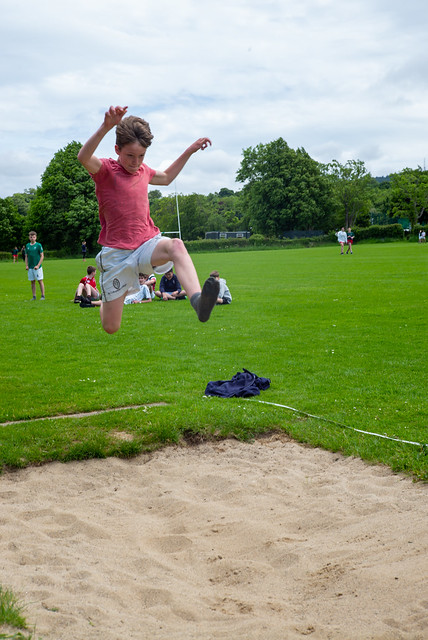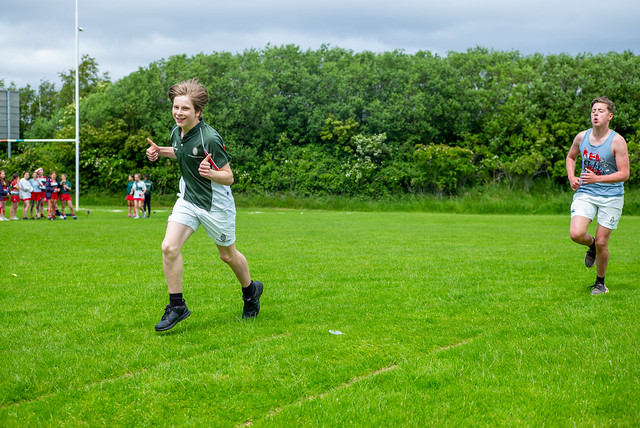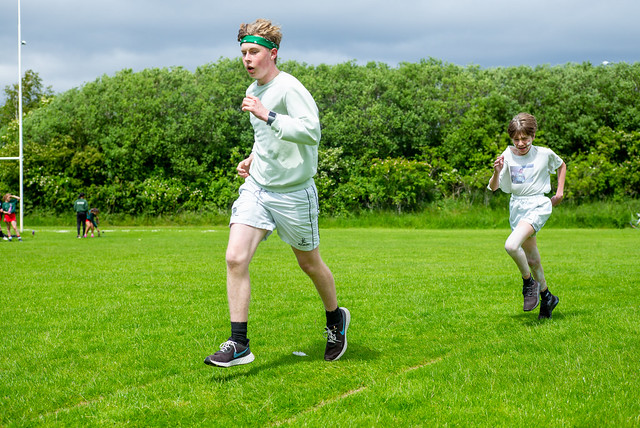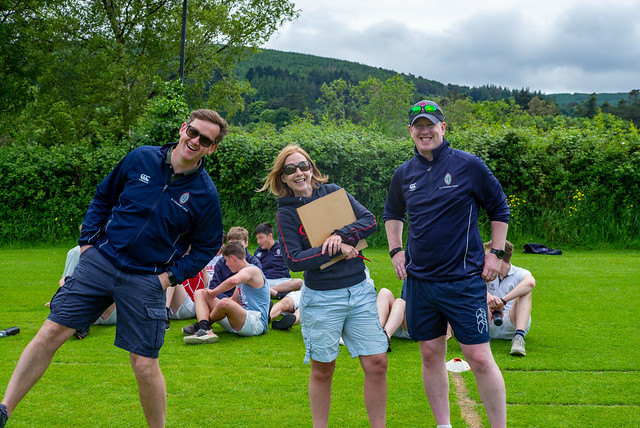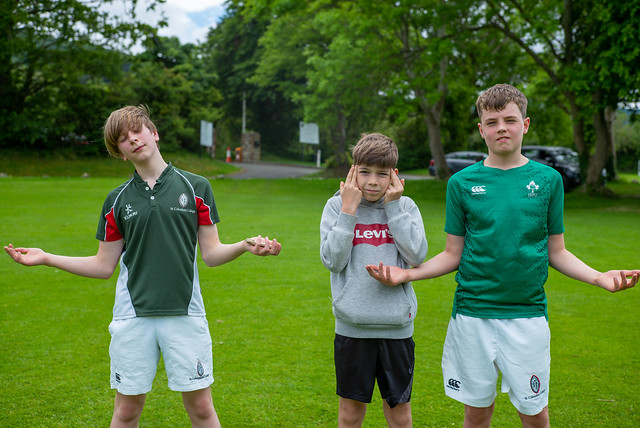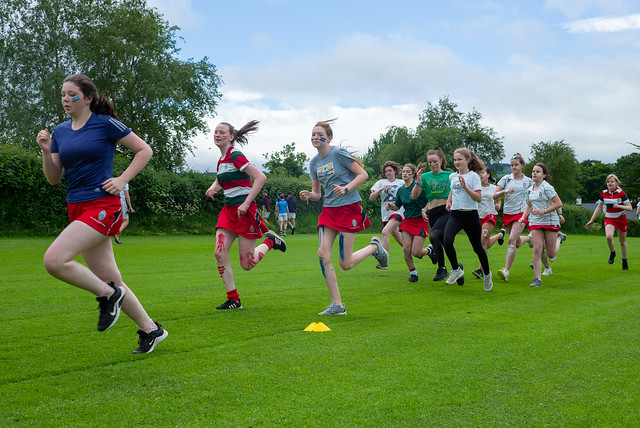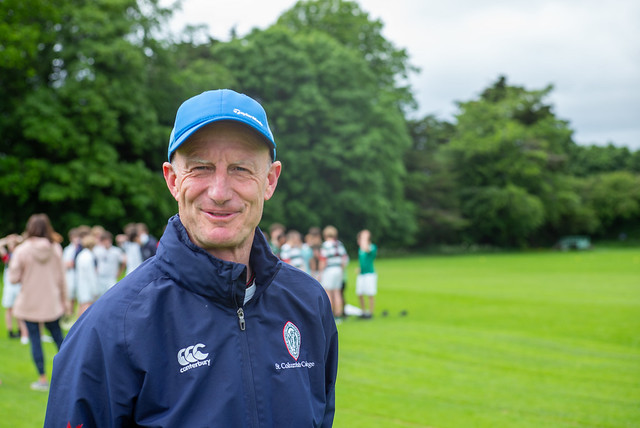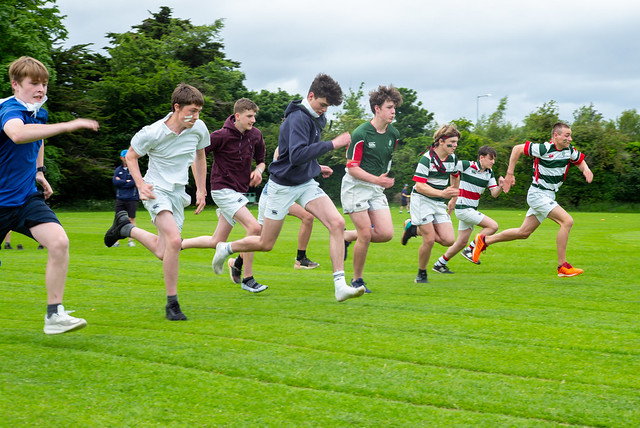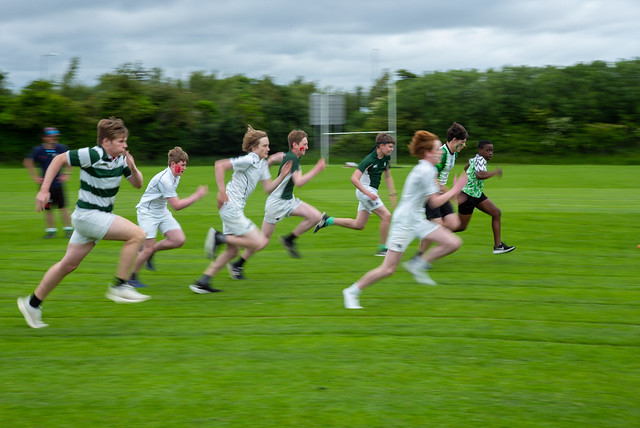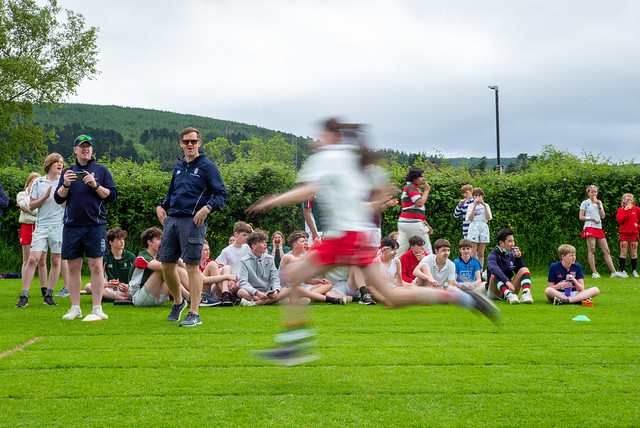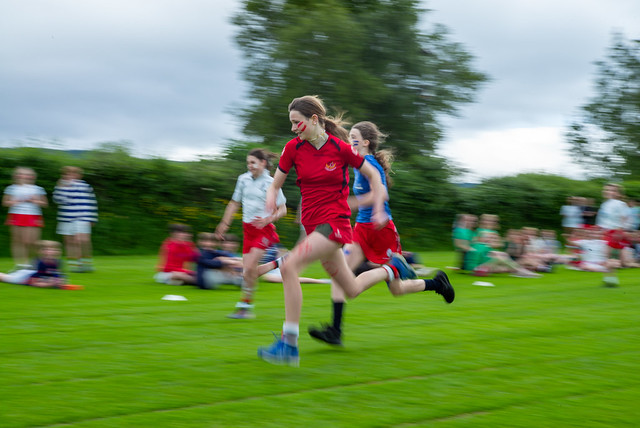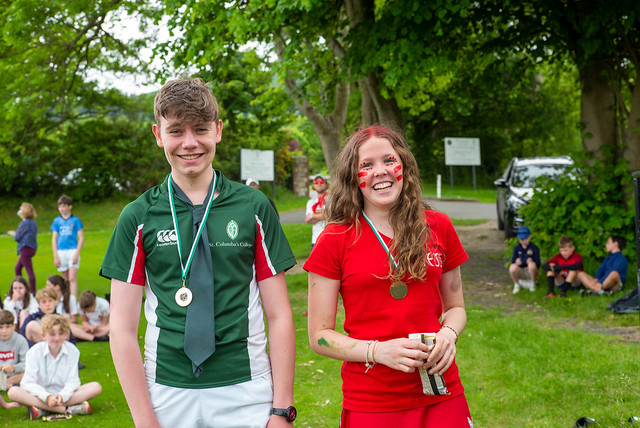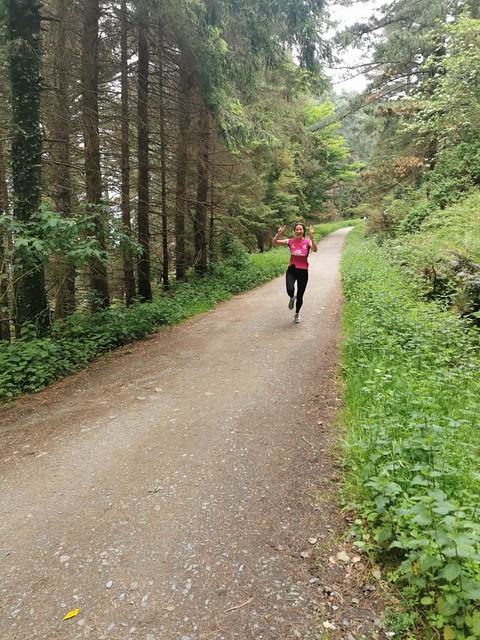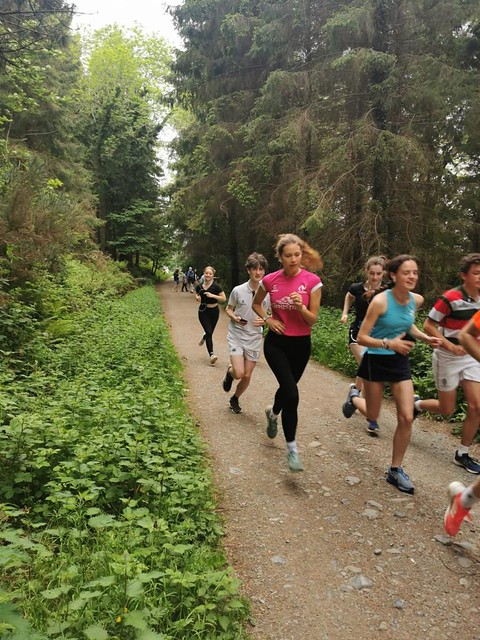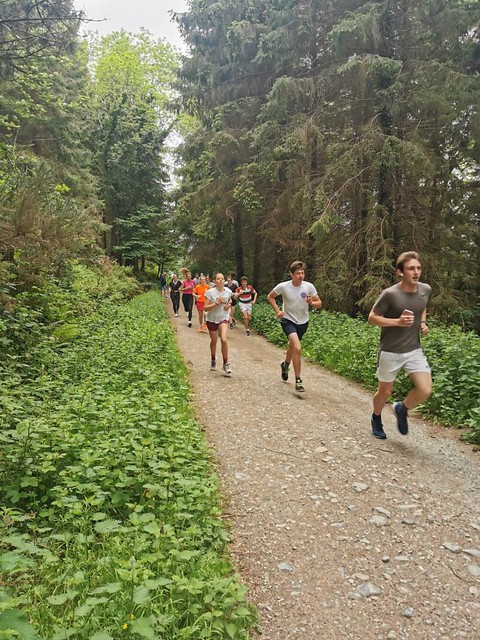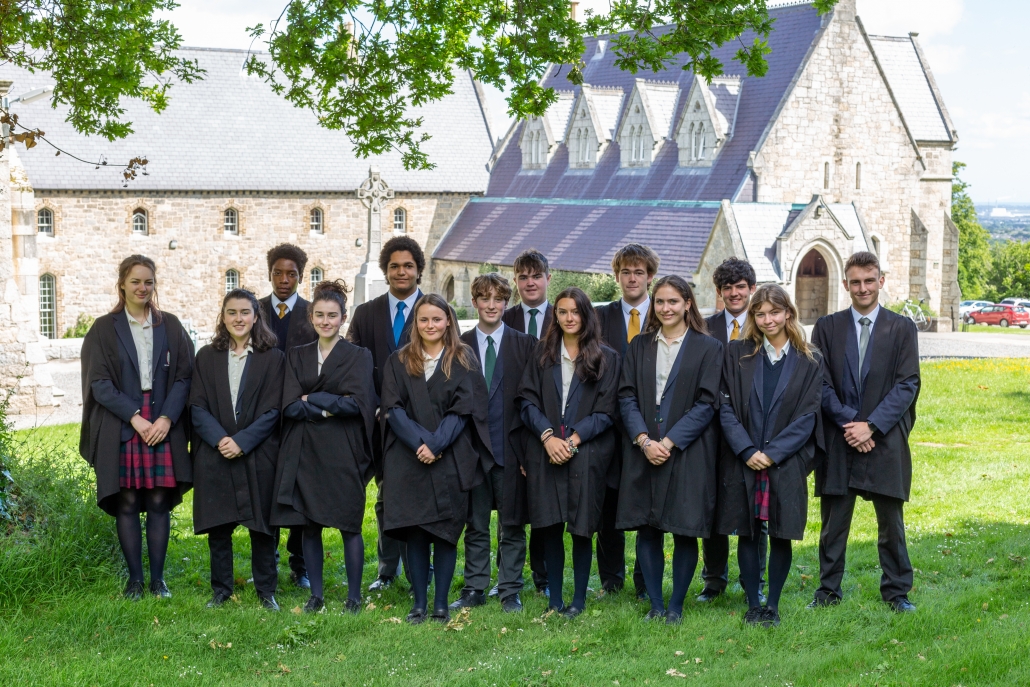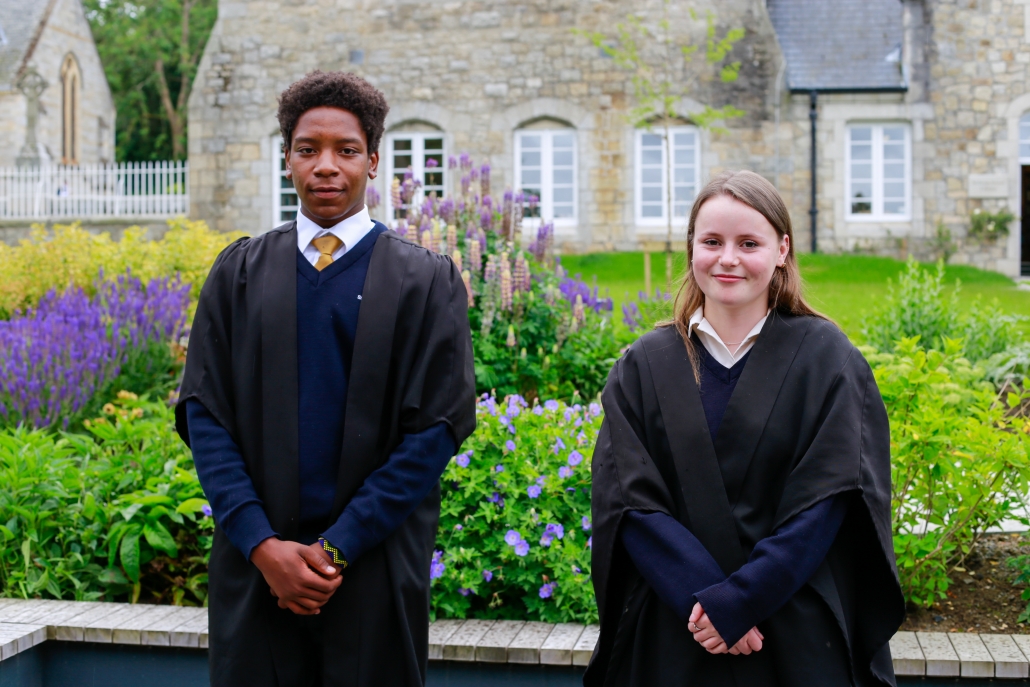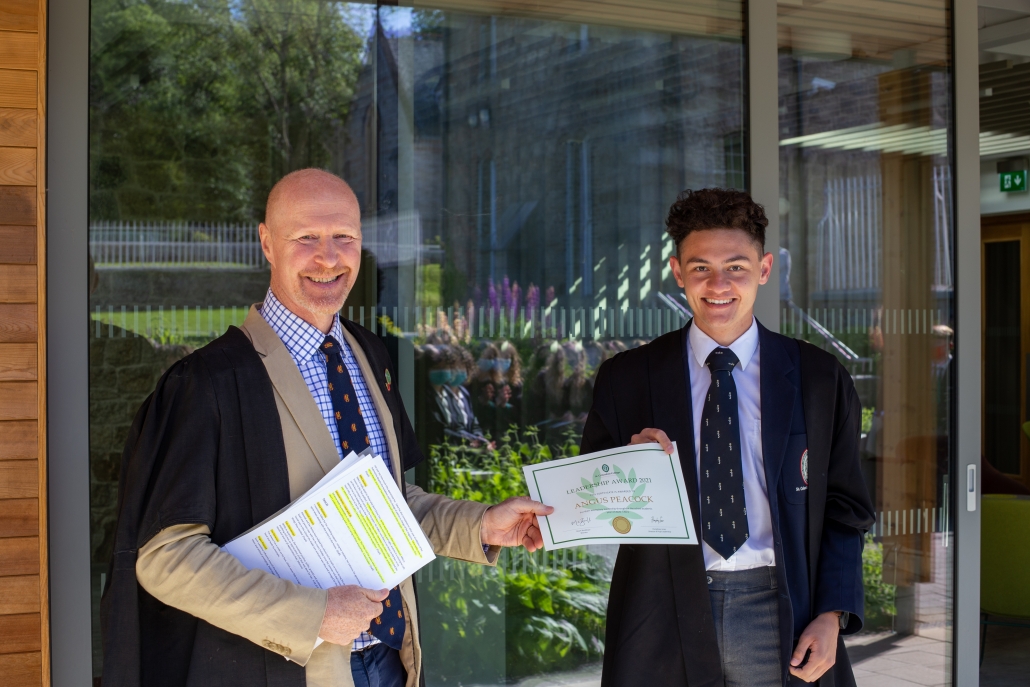From the Warden:
16th June 2021
This is what I would have said at the St Columba’s Day celebrations in the Sports Hall:
How do I begin to summarise the year that is just finishing? Perhaps some future archivist will be trawling through the speeches of Wardens of yesteryear and will come across these words and wonder what had happened. Then he or she will look at the year and say, ‘Oh yes, 2021. That was the year of the pandemic. That was the year that our parents and grandparents told us about.’
On speech days or prize-givings Headmasters extol the successes of the year and celebrate the individual and collective achievements of the school. However, the achievements of this year have been of a very different kind and it feels like a monumental achievement just to have made it to the end of the year. What can a school principal like me talk about when we have not played a match this year, when there have been no full school concerts, no dramatic productions, no trips within Ireland, let alone abroad, not even a chapel service of more than a handful of pupils, with no singing and with faces covered?
It allows me instead talk about some things that matter more than the traditional list of achievements and highlight the strengths of the school in ways that are not measurable and tangible. It gives me space to talk about the value of the people who make up this community and who stick together through thick and thin and ensure that the future is much brighter than the present.
Let me start with the pupils. What a year they have had, living with uncertainty, being separated from their friends for a large portion of the year and, when they have been here, without so many of the aspects of school that provide the fun. It has been a joy in the last few weeks to at least hear some noise around the school and to see them running around in the sunshine. I know that many of them have battled and struggled to cope with all that has happened. I would be lying if I said that we did not have our share of mental health issues. Our young people are like all others, trying to navigate a confusing world of social media noise and bombarded with messages from all sides that tell them that they would be happier if they were thinner or had better skin, were more muscular or more macho, better at exams or better at sport. I think it was always like that, but it seems that much of today’s epidemic of dissatisfaction is intentionally created by industries that want to make all of us, and children in particular, feel inadequate and disappointed in who we are.
That gives a clear mission and focus for schools and especially one like this, which is such a full immersion experience for both boarders and day pupils. We have an obligation to cherish young people for who they are, to celebrate their differences, to affirm their varied characters and talents and teach them to love themselves. As a Christian foundation we uphold the command to ‘love our neighbour as ourselves,’ which, of course, means that we can only love our neighbour properly if we first love ourselves. Of course, I don’t mean that in a narcissistic way, nor that every person should not be a on a journey to develop their values and their character. None of us is the finished article. But I do mean that we need to encourage our children to love who they are, despite the constant feeds that tell them they are inadequate, make billions from their lack of self-esteem and leave a trail of destruction behind them.
This year we have been speaking a lot more about the values of the College, which were chosen by the pupils and staff: Kindness, Compassion, Inclusion, Responsibility, Determination. And next year we will be using every opportunity to embed them into our regular conversations in chapel and assembly. I’m sure that all parents have the same hopes for their children, that they develop all their talents and fulfil their potential. However, I am convinced that, underneath it all, what we all want most for our children is for them be comfortable in their own skin and to treat other people with respect and love. If we as a school can help that to happen then we have done far more than can be proven by any list of achievements.
The second constituency I want to address is the parents. I have been very grateful for the support that parents have provided throughout the pandemic. I am sure that when you chose St. Columba’s as the school for your children you had visions of attending matches and plays and concerts, and coming to speech day in summer dress, and meeting other parents, with whom you could form friendships, at the same time as your children. I am sure that you wanted more from this year than your children have experienced. However, despite the frustrations, I have always felt that the parents have understood the challenges and how desperate we have been to provide a safe place for their children to learn, even if that safe place was online. I am excited by the prospect of seeing parents back in the heart of the school, attending events and collaborating with us in the joy and celebration of watching their children grow up…and perhaps sharing a few of the tears and heartache as well. But I would like to thank you for your support and your encouragement, which has meant a lot over the course of this wretched time.
Lastly I want to talk about the staff that work here at St. Columba’s. Working in a boarding school is not so much a job as a way of life, all-consuming and relentless, exhausting but wonderfully rewarding. It requires people who give of themselves to an extraordinary degree and don’t count the hours. I am not going to thank individuals but this year has been a team effort like never before. The sanatorium staff have been on the front line and kept us all on our toes; the cleaners have had to work harder than ever before; the catering crew have had to adapt everything that they do and work under stricter conditions than ever; the maintenance team have kept the place looking brilliant and the finance department have tried to balance the books in a very challenging environment, while making sure that everyone has been paying their fees! I cannot express adequately how grateful I am to them all.
Teachers are human and I know that there were times last summer when they feared for their jobs, when we were unsure if boarding schools were going to reopen at all and, even if they did, whether any of the overseas pupils would be allowed into the country. There were days last summer when I was not sure whether I was going to be the last Warden of St. Columba’s. In the midst of this stress, teachers have had to adapt their teaching to go online at very little notice and, if not living in the school, they have been cut off from their colleagues. Those involved most closely in the pastoral care of the pupils have never had to work harder and I am in awe of the work that they do. To say that I am proud of the teaching staff does not begin to do justice to their hard work, determination and commitment to your children. In my mind they are all heroes.
Next year, I hope, will be very different, even if it is not fully back to normal. And I think that we will take huge pleasure in things that we had previously taken for granted. You don’t know what you have until it is taken away. Morning chapel, singing rousing hymns and the gathering of the whole community every morning; sports matches of all kinds…I will be shouting extra loud on the touchline; plays, concerts and choirs…we have a lot of fantastic musicians in the school at the moment from whom we have heard nothing…and what is a school without music? We will need to create new memories and cherish each moment in a new way.
I hope you all have a wonderful summer. Best of luck to those who are leaving…we look forward to welcoming you back when the time is right. And to those who are returning, come back ready for action, ready to get stuck in and to make up for lost time. We are going to hit the ground at full speed.
Floreat Columba et floreant Columbanenses.

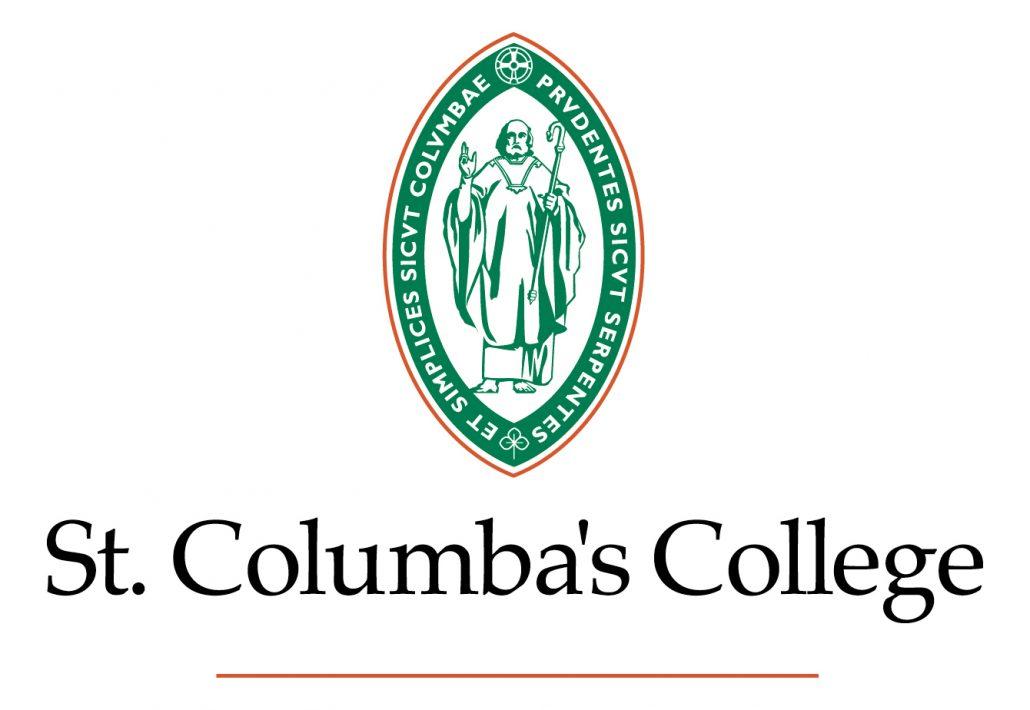
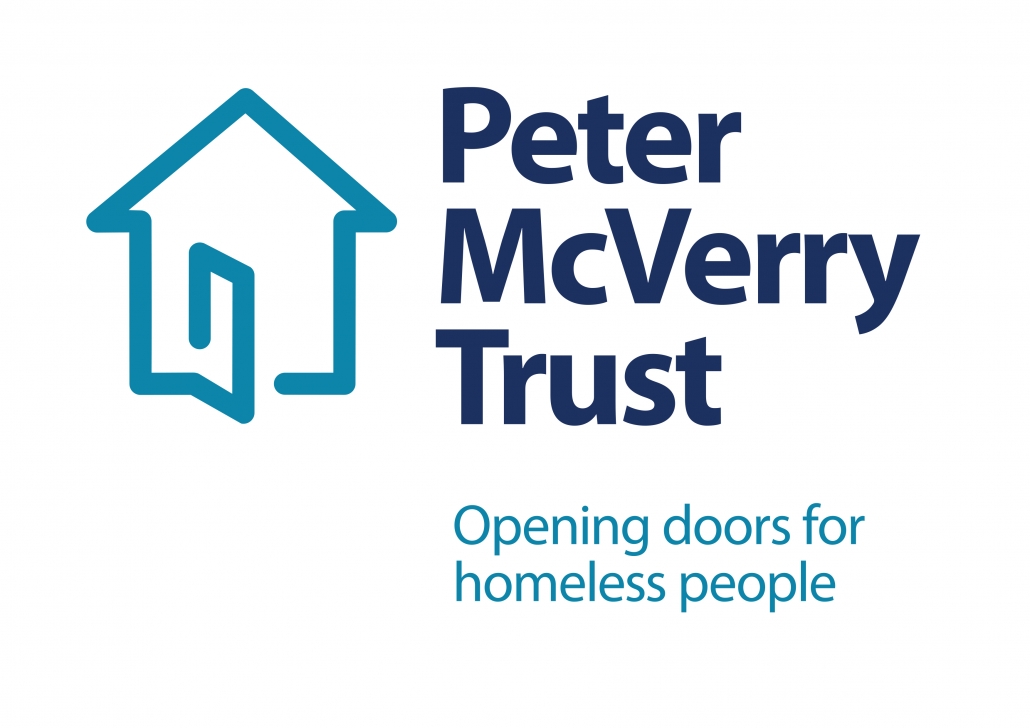
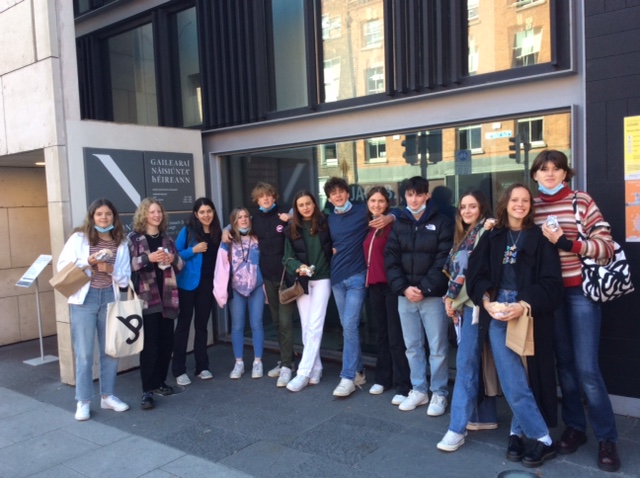
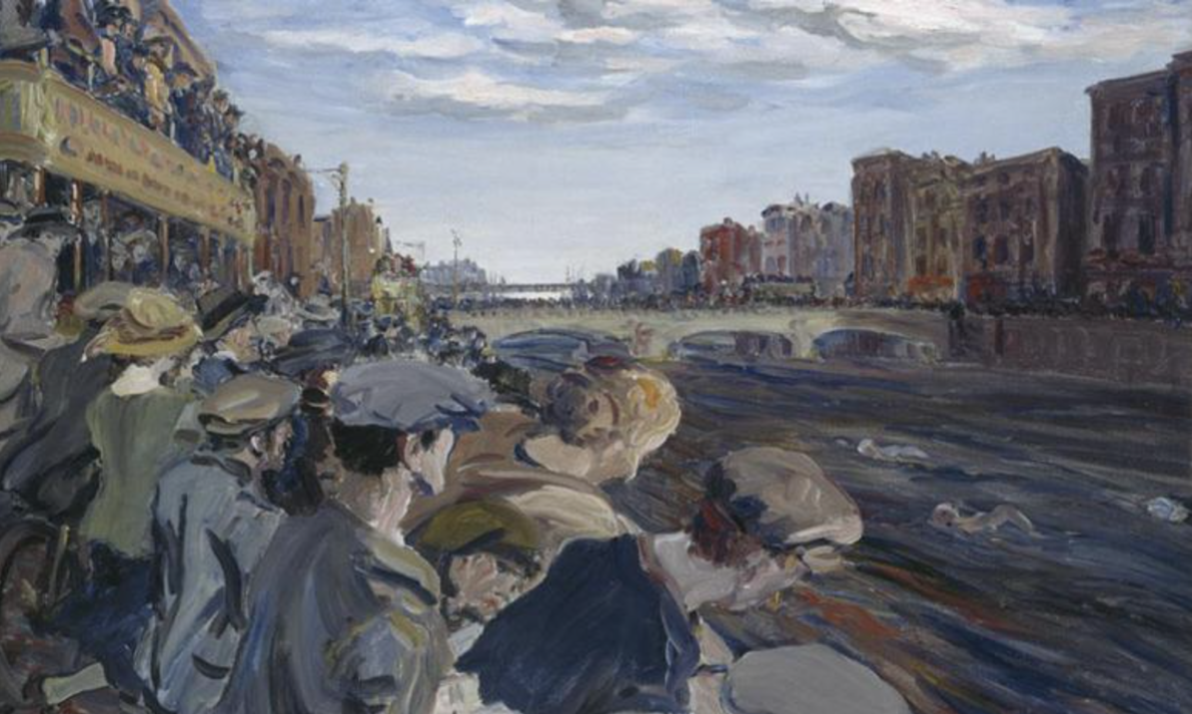
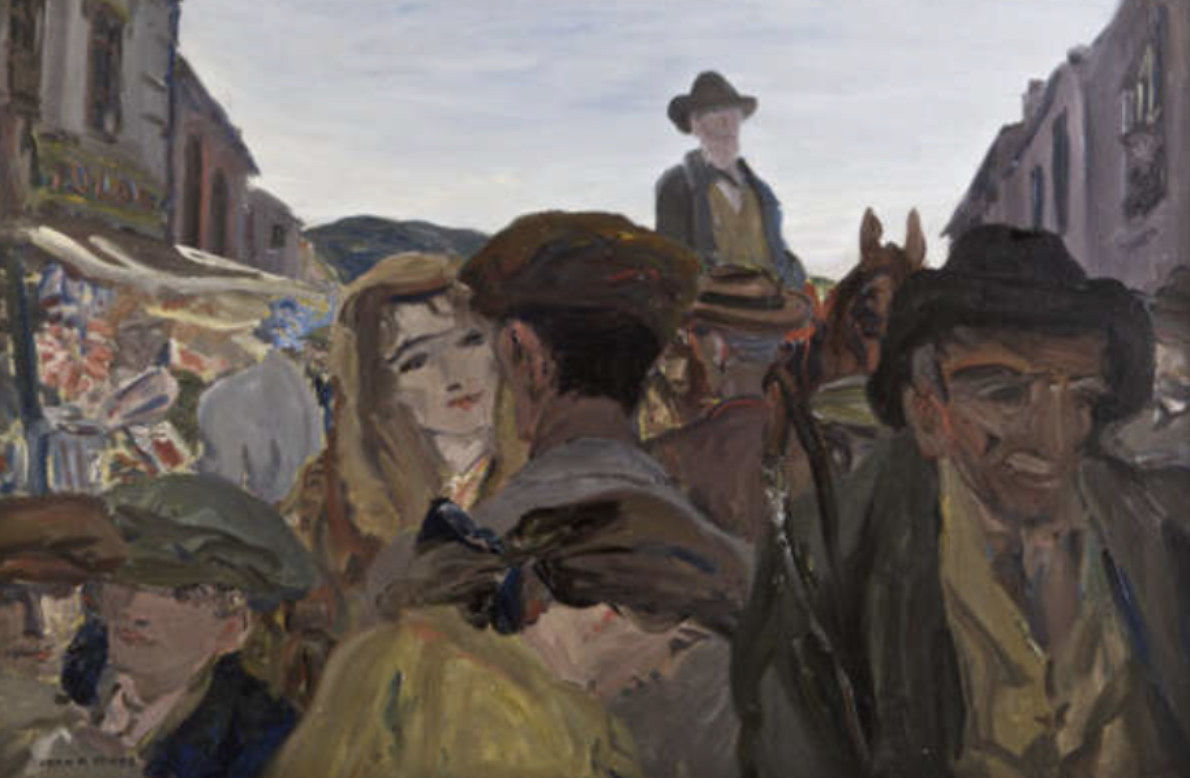
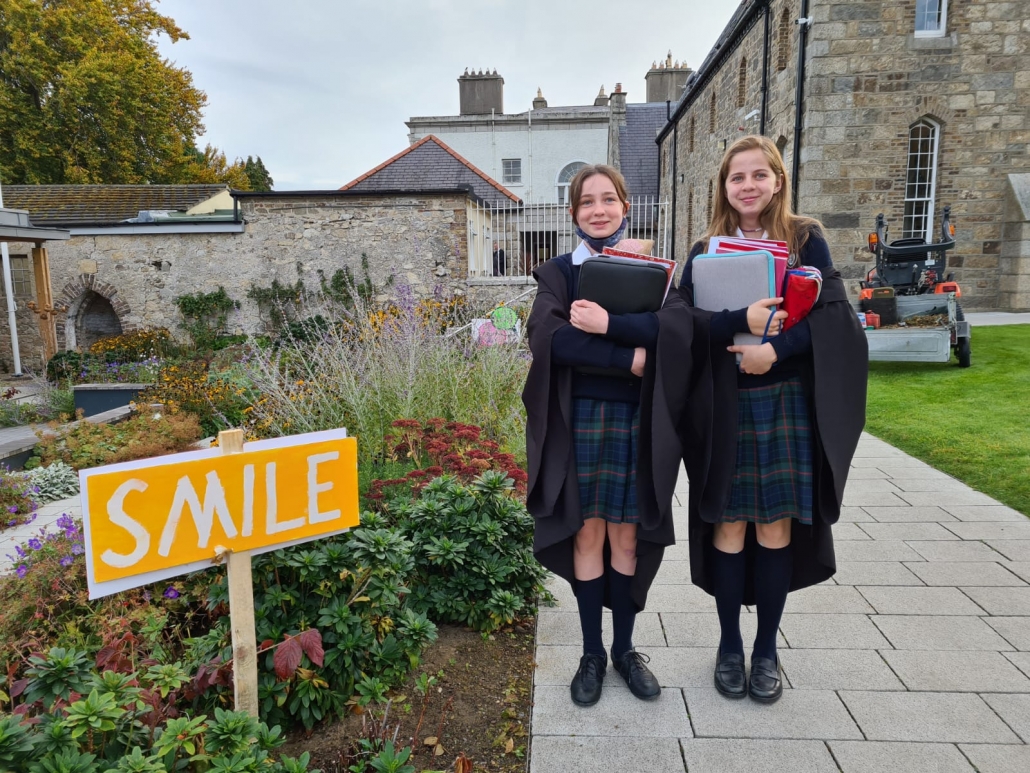


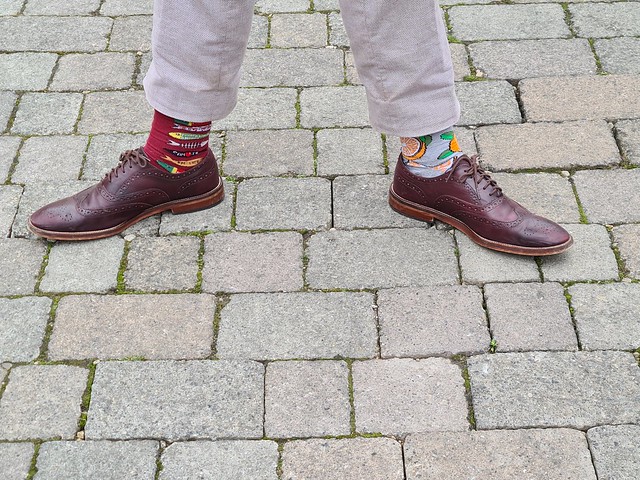

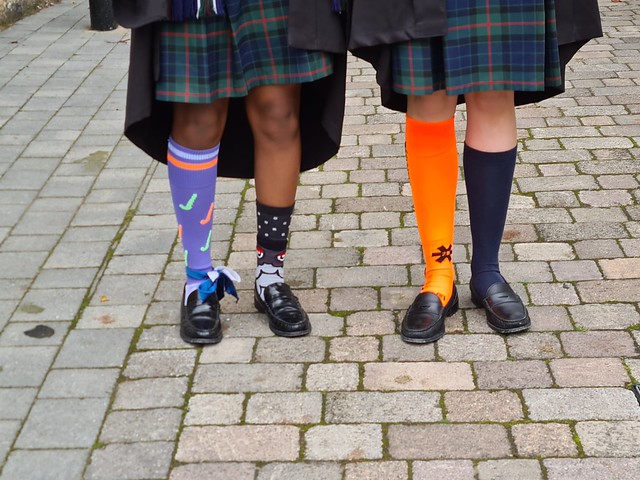
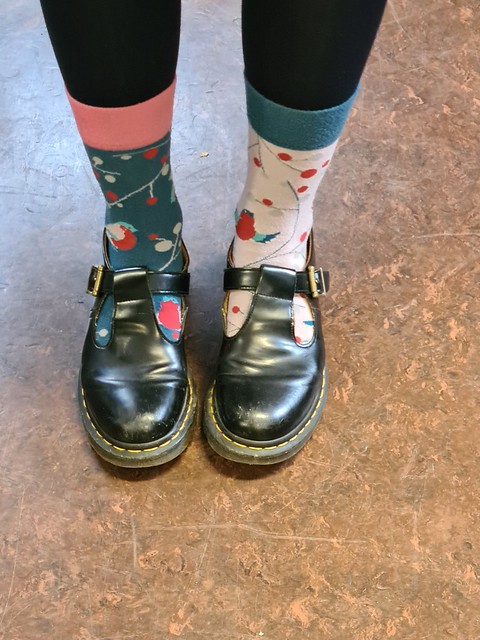
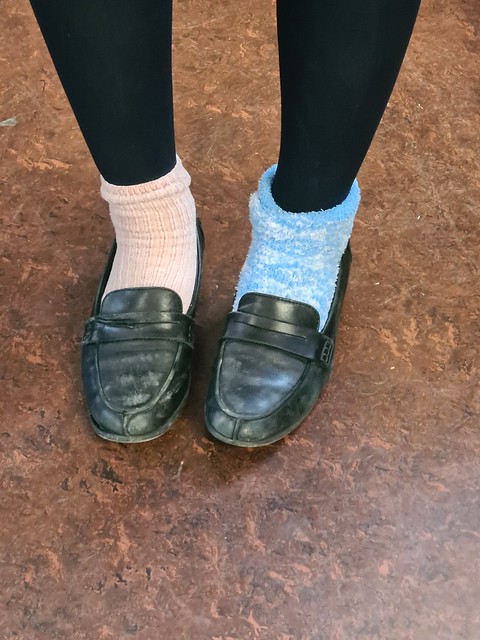

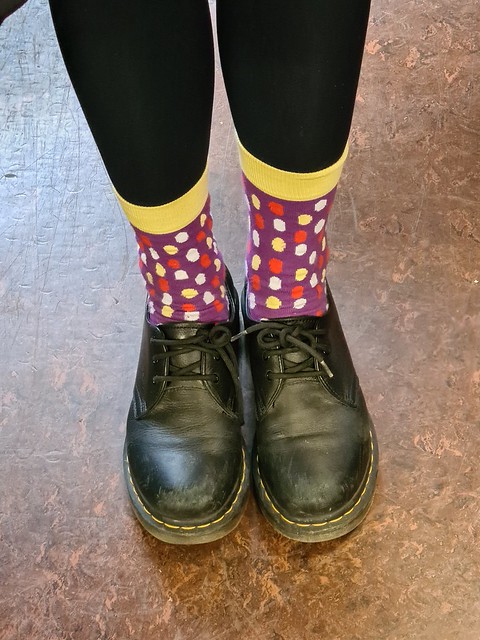


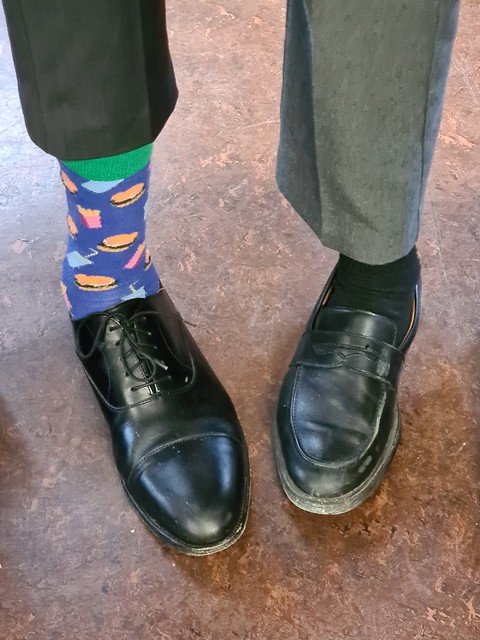

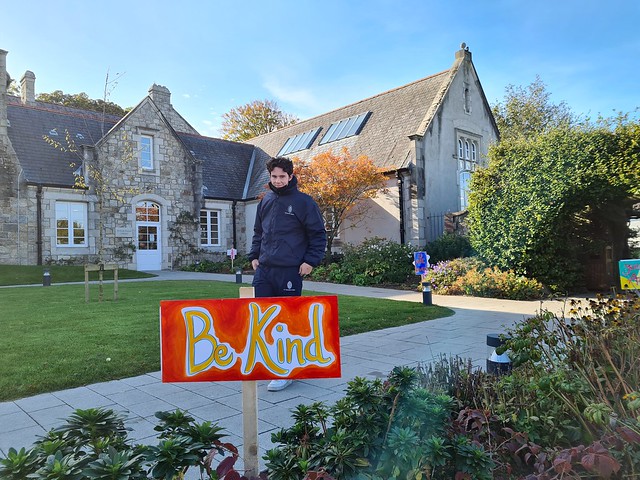
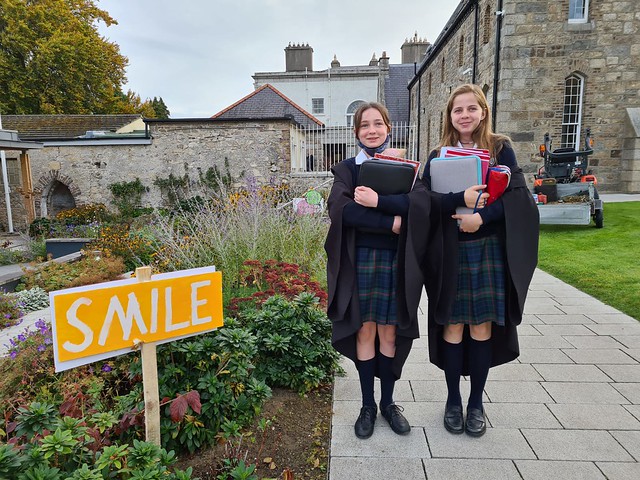


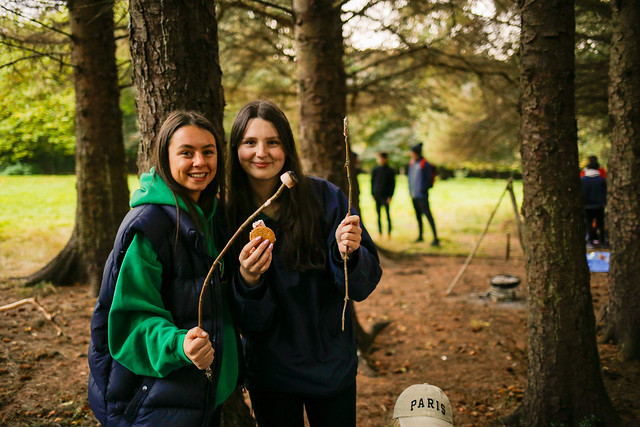


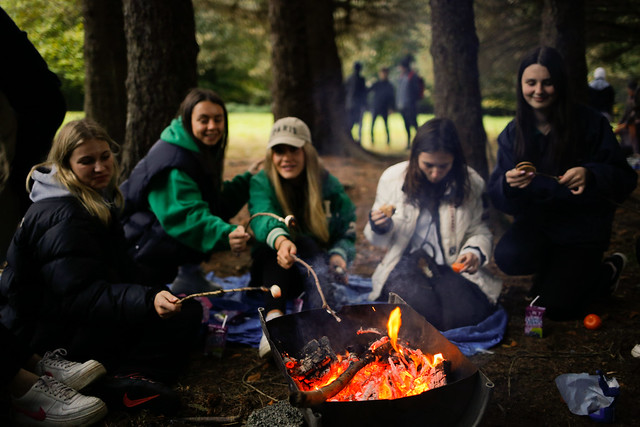

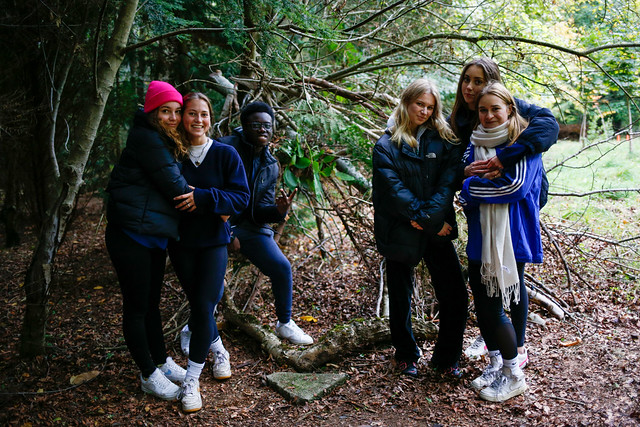


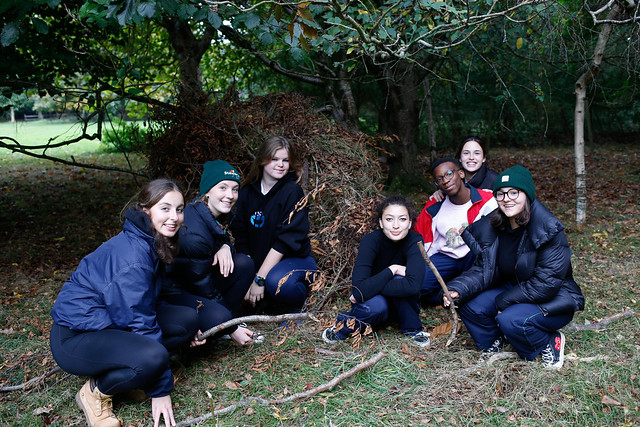









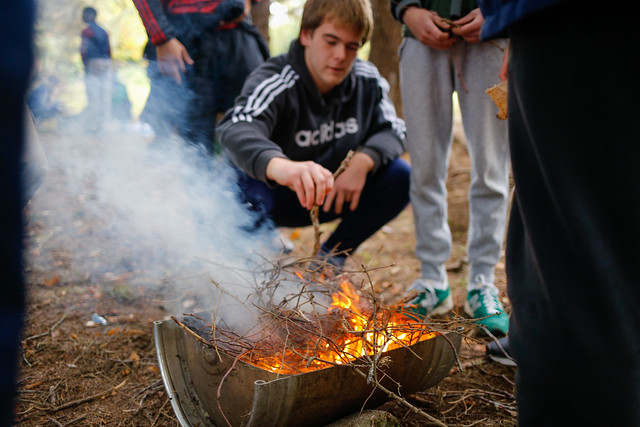
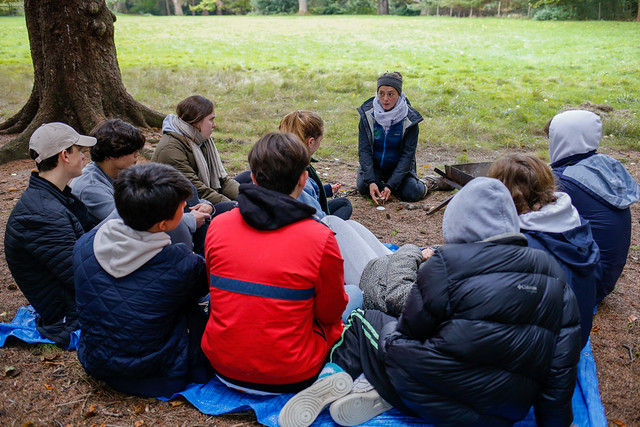


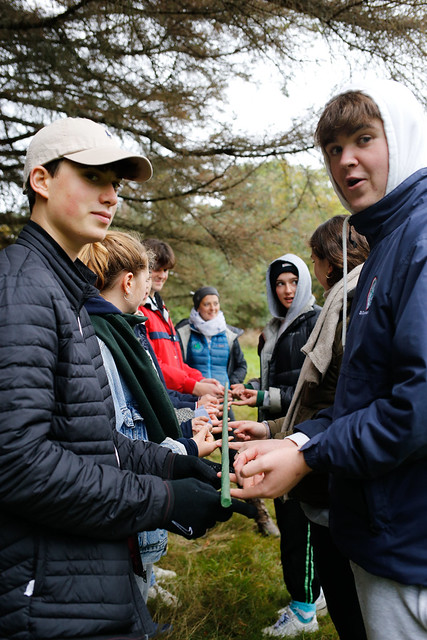



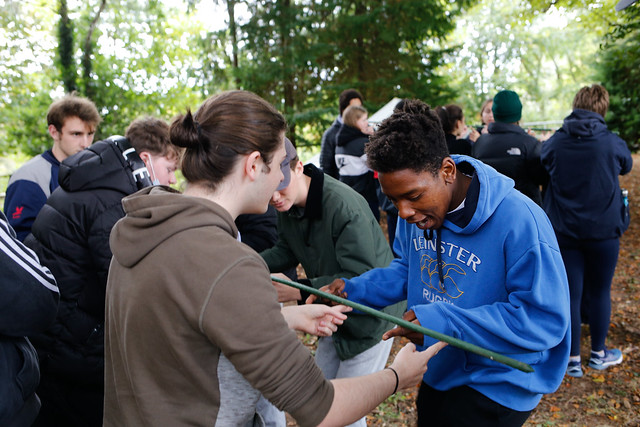


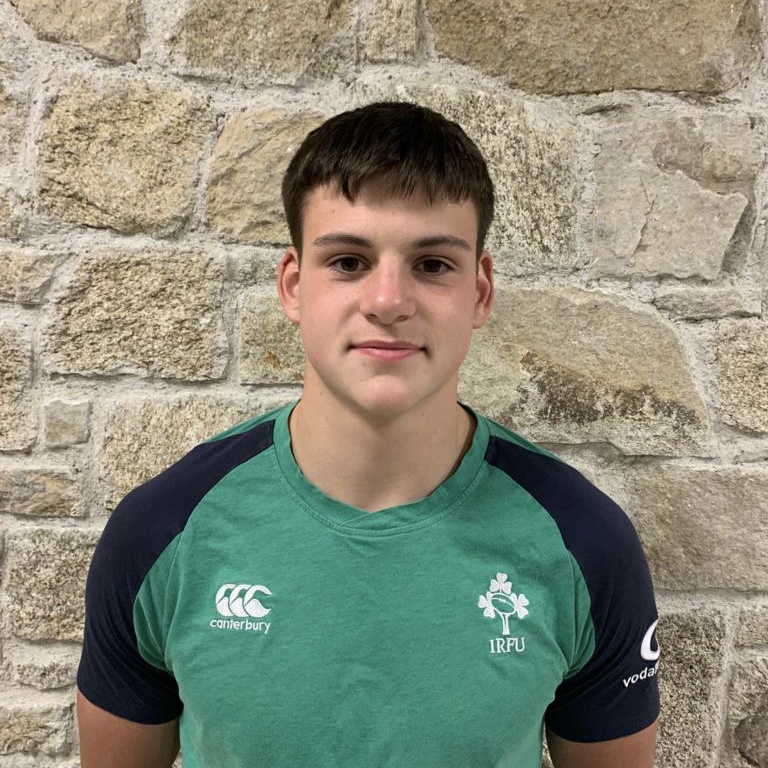
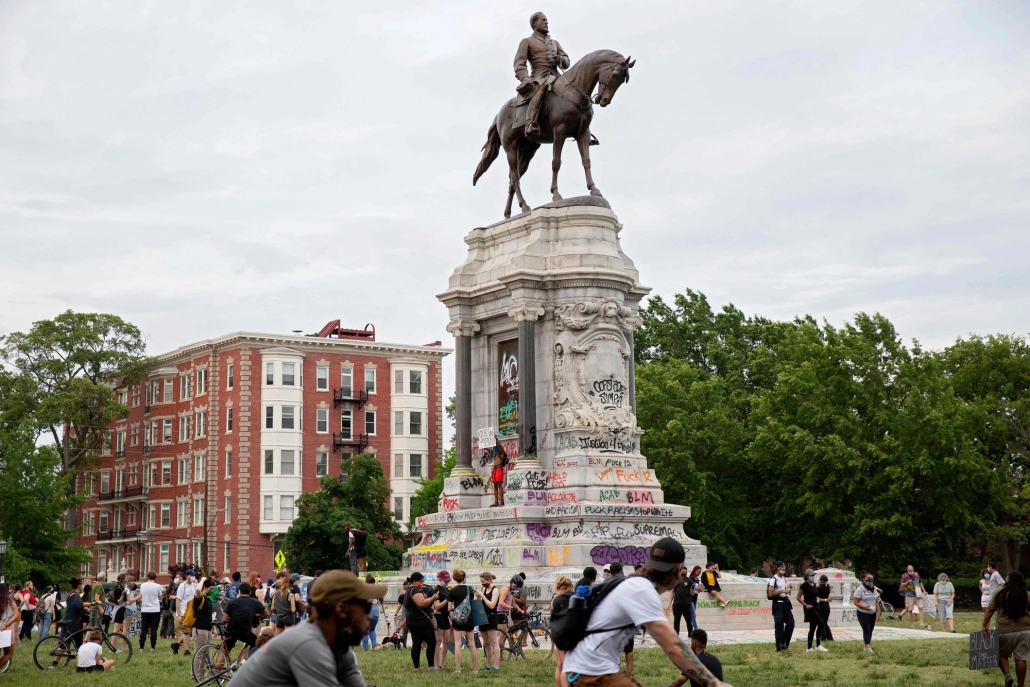 NBA News
NBA News